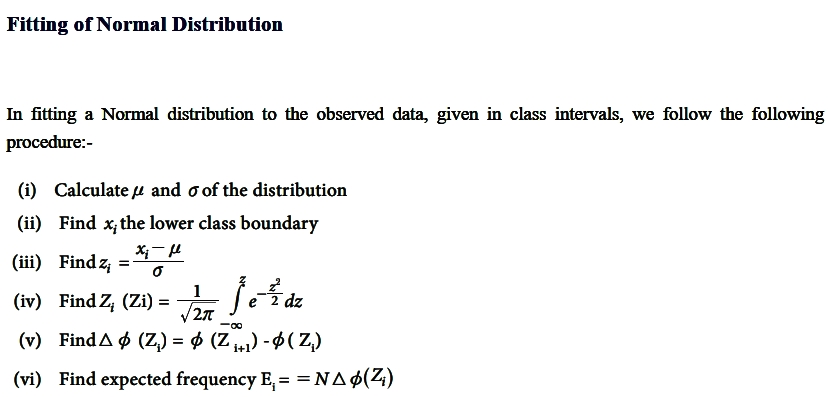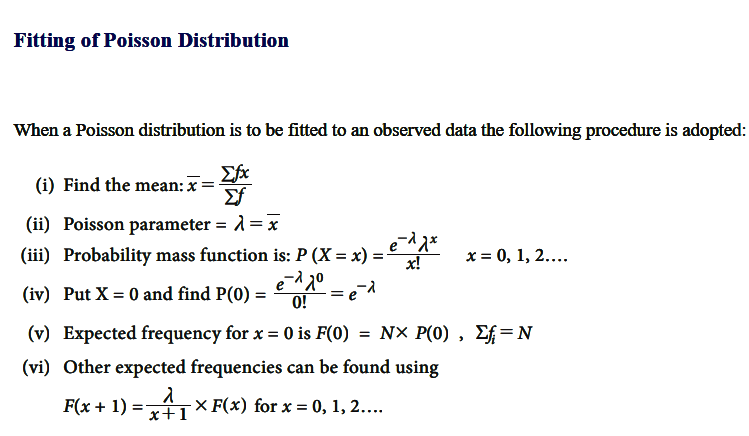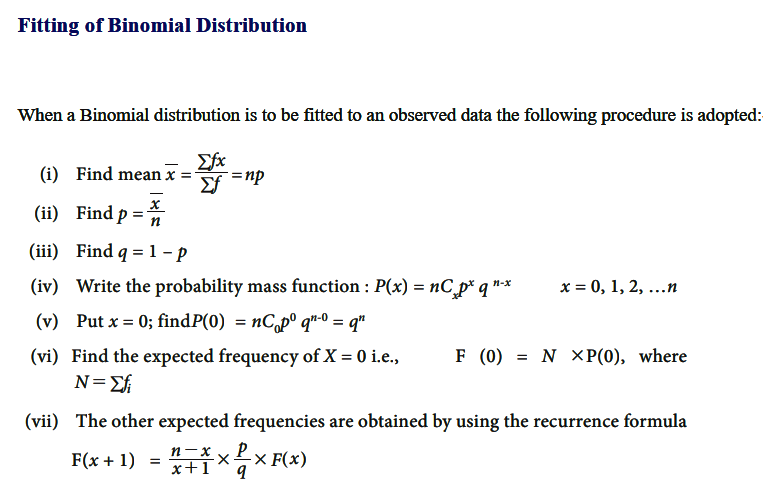Correlation, Significance of Correlation, Types of Correlation
Correlation is a statistical measure that expresses the strength and direction of a relationship between two variables. It indicates whether and how strongly pairs of variables are related. Correlation is measured using the correlation coefficient, typically denoted as r, which ranges from -1 to +1. A value of +1 indicates a perfect positive correlation, -1 indicates a perfect negative correlation, and 0 suggests no correlation. Correlation helps identify patterns and associations between variables but does not imply causation. It is commonly used in fields like economics, finance, and social sciences.
Significance of Correlation:
-
Identifies Relationships Between Variables
Correlation helps identify whether and how two variables are related. For instance, it can reveal if there is a relationship between factors like advertising spend and sales revenue. This insight helps businesses and researchers understand the dynamics at play, providing a foundation for further investigation.
-
Predictive Power
Once a correlation between two variables is established, it can be used to predict the behavior of one variable based on the other. For example, if a strong positive correlation is found between temperature and ice cream sales, higher temperatures can predict increased sales. This predictive ability is especially valuable in decision-making processes in business, economics, and health.
-
Guides Decision-Making
In business and economics, understanding correlations enables better decision-making. For example, a company can analyze the correlation between marketing activities and customer acquisition, allowing for better resource allocation and strategy formulation. Similarly, policymakers can examine correlations between economic indicators (e.g., unemployment rates and inflation) to make informed policy choices.
-
Quantifies the Strength of Relationships
The correlation coefficient quantifies the strength of the relationship between variables. A higher correlation coefficient (close to +1 or -1) signifies a stronger relationship, while a coefficient closer to 0 indicates a weak relationship. This quantification helps in understanding how closely variables move together, which is crucial in areas like finance or research.
-
Helps in Risk Management
In finance, correlation is used to assess the relationship between different investment assets. Investors use this information to diversify their portfolios effectively by selecting assets that are less correlated, thereby reducing risk. For example, stocks and bonds may have a negative correlation, meaning when stock prices fall, bond prices may rise, offering a balancing effect.
-
Basis for Further Analysis
Correlation often serves as the first step in more complex analyses, such as regression analysis or causality testing. It helps researchers and analysts identify potential variables that should be explored further. By understanding the initial relationships between variables, more detailed models can be constructed to investigate causal links and deeper insights.
-
Helps in Hypothesis Testing
In research, correlation is a key tool for hypothesis testing. Researchers can use correlation coefficients to test their hypotheses about the relationships between variables. For example, a researcher studying the link between education and income can use correlation to confirm whether higher education levels are associated with higher income.
Types of Correlation:
-
Positive Correlation
In a positive correlation, both variables move in the same direction. As one variable increases, the other also increases, and as one decreases, the other decreases. The correlation coefficient (r) ranges from 0 to +1, with +1 indicating a perfect positive correlation.
Example: There is a positive correlation between education level and income – as education level increases, income tends to increase.
-
Negative Correlation
In a negative correlation, the two variables move in opposite directions. As one variable increases, the other decreases, and vice versa. The correlation coefficient (r) ranges from 0 to -1, with -1 indicating a perfect negative correlation.
Example: There is a negative correlation between the number of hours spent watching TV and academic performance – as TV watching increases, academic performance tends to decrease.
-
Zero or No Correlation
In zero correlation, there is no predictable relationship between the two variables. Changes in one variable do not affect the other in any meaningful way. The correlation coefficient is close to 0, indicating no linear relationship between the variables.
Example: There may be zero correlation between a person’s shoe size and their salary – no relationship exists between these two variables.
-
Perfect Correlation
In a perfect correlation, either positive or negative, the relationship between the variables is exact, meaning that one variable is entirely dependent on the other. The correlation coefficient is either +1 (perfect positive correlation) or -1 (perfect negative correlation).
Example: In physics, the relationship between temperature in Kelvin and Celsius is a perfect positive correlation, as they are directly related.
-
Partial Correlation
Partial correlation measures the relationship between two variables while controlling for the effect of one or more additional variables. It isolates the relationship between the two primary variables by removing the influence of other factors.
Example: The correlation between education level and income might be influenced by age or experience. Partial correlation can help show the true relationship after accounting for these factors.
-
Multiple Correlation
Multiple correlation measures the relationship between one variable and a combination of two or more other variables. It is used when there are multiple independent variables that may collectively influence a dependent variable.
Example: The effect of factors like education, experience, and age on income can be analyzed through multiple correlation to understand how these variables together influence earnings.






